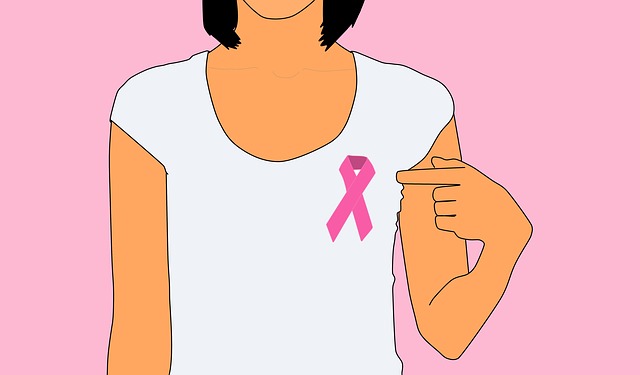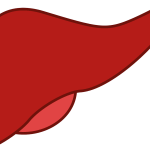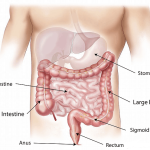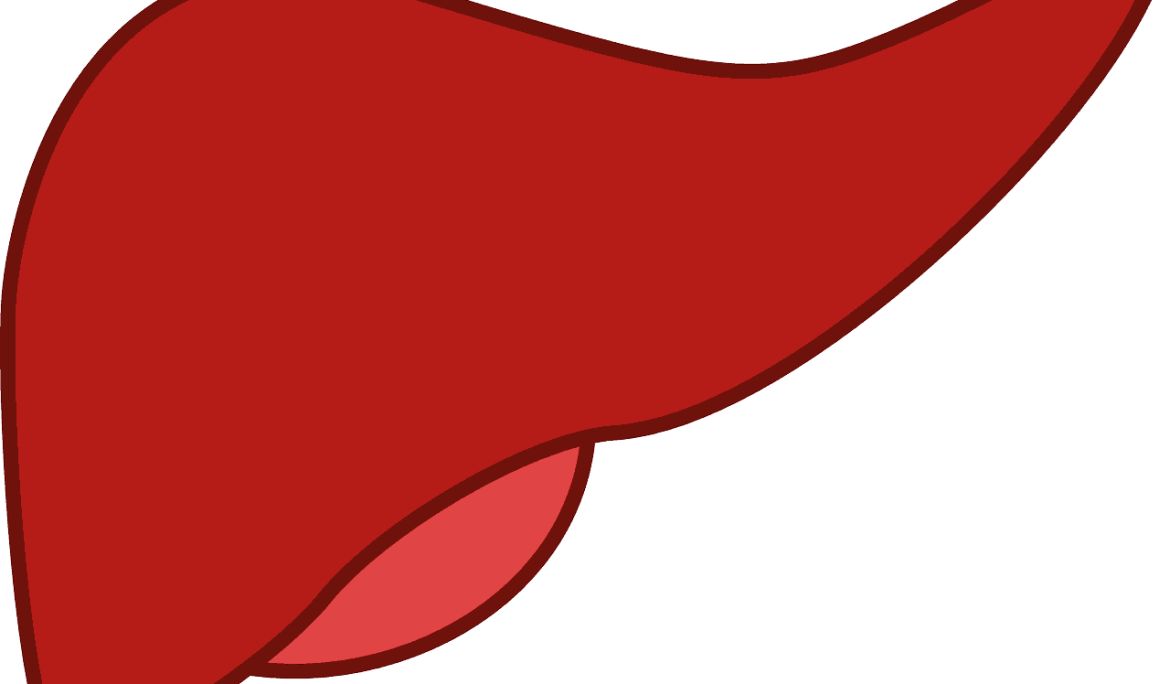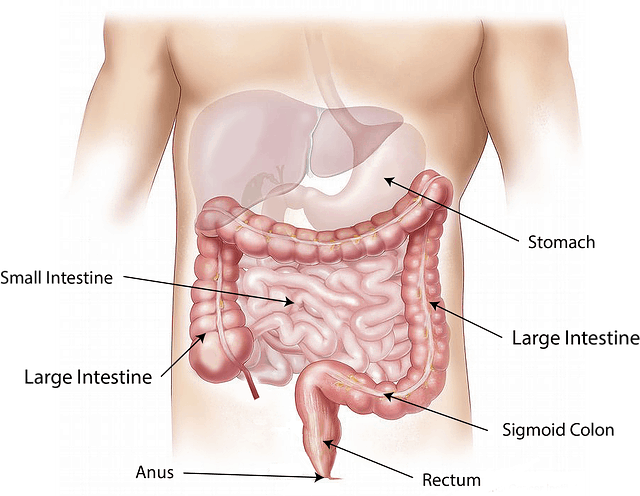BREAST Cancer is a cancer that forms in the cell of the breasts. Breast cancer can occur in both men and women, but it’s far more common in women.
Doctors know that breast cancer occurs when some breast cells begin to grow abnormally. These cells divide more rapidly than healthy cells do and continue to accumulate, forming a lump or mass. Cells may spread (metastasize) through your breast to your lymph nodes or to other parts of your body. Breast cancer most often begins with cells in the milk-producing ducts (invasive-ductal carcicoma). Breast cancer may also begin in the glandular tissue called lobules (invasive lobular carcicoma) or in the other cells or tissue within the breast. Researches have identified hormonal, lifestyle and environmental factors that may increase your risk of breast cancer.
But it’s not clear why some people who have no risk factors develop cancer, yet other people with risk factors never do. It’s likely that breast cancer is caused by a complex interaction of your genetic makeup and your environment. Factors associated with an increased risk of breast cancer include women who are more likely to develop breast cancer than men. Your risk of breast cancer increases with age. Abnormal breast biopsy results increase your risk of developing cancer. Breast cancer in one breast increase the risk of developing cancer in the other breast. Family history of breast cancer makes you most likely to develop breast cancer. Beginning your period at a younger age and late menopause increase your risk of developing breast cancer. Having your first child after the age of 30 years or never been pregnant at all increase your risk of breast cancer. Finally, obesity, alcohol abuse and hormone replacement therapy increase your risk of developing breast cancer.
Individuals with breast cancer often present with breast lump, change in size, shape and appearance of a breast. Change to the skin over the breast, such as dimpling. A newly inverted nipple, peeling, scalling, crusting or flaking the pigmented area of skin surrounding the nipple (areola) or breast skin. Redness or pitting of the skin over your breast, like the skin of an orange. Making changes in your daily life may help reduce your risk of breast cancer. Ask you doctor about breast cancer screening. Become familiar with your breast through breast self-exam for breast awareness. Limit postmenopausal hormone therapy. Maintain a healthy weight and choose a healthy diet.
Breast cancer can be diagnosed through test and procedures that your doctor can conduct. This may include breast-exam, breast ultrasound and mammogram. A breast biopsy which involve taking a piece of a lump and sending it off for further evaluation is key in making the definitive diagnosis.
The gold standard method of treating breast cancer is surgery, followed by chemotherapy or hormonal therapy and radiation.
Dr. Makemba Shayela Nelson – MBChB – University of Kwazulu-Natal, Durban, South Africa. Nesha Medical Practice.




